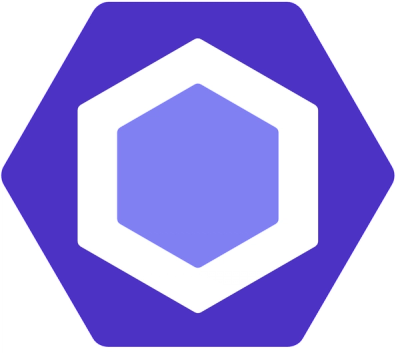
Security News
CISA’s 2025 SBOM Guidance Adds Hashes, Licenses, Tool Metadata, and Context
CISA’s 2025 draft SBOM guidance adds new fields like hashes, licenses, and tool metadata to make software inventories more actionable.
NOTE: This is still in very alpha stages of development. It passes all the mocked specs but has no live testing specs yet.
Overview:
The GoogleAuthSub class handles interaction with Google via the Account Authentication API (AuthSub). This is for web applications to get data from Google with the user signing in.
For details on the Account Authentication API refer to: http://code.google.com/apis/accounts/docs/AuthForWebApps.html
The Google Group can provide some help also: http://groups.google.com/group/Google-Accounts-API
The OAuth protocol has taken over much of the role of Authsub. Oauth does not provide access to non registered apps as Authsub does.
Requirements: For testing you will need the rspec and fake_web gems
To use:
Non-signed access, single request. 1. Create your GoogleAuthSub object. auth = GoogleAuthSub.new(:next_url => "www.example.com/next", :scope_url => "http://www.google.com/calendar/feeds")
2. Redirect the user to the Google sign in page. request_url gives us the correct url to go to.
In rails:
redirect_to auth.request_url
3. Once the user has successfully logged in they will then be redirected back to the url specified
as the :next_url in step 1. In the handler for this the token needs to be extracted.
To do this call:
auth.receive_token(url)
or in rails just do:
auth.token=params[:token]
4. Now everything should be set to make a single request with:
auth.get(url), auth.post(url), auth.put(url) or auth.delete(url)
The url will automagically have the :scope_url prepended to it if not included.
These calls return a Net::HTTPResponse object
Once a request has been made the token will no longer be valid and you will have to start from step 2 in
order to make another request.
Non-signed access with session token. 1. Create your GoogleAuthSub object with :session => true. auth = GoogleAuthSub.new(:next_url => "www.example.com/next", :scope_url => "http://www.google.com/calendar/feeds", :session => true)
2,3 as per previous example
4. Exchange the single use token for a session token.
auth.request_session_token
NOTE: this has changed from the previous version, which was confusingly named session_token.
5. Make requests with auth.get and auth.put.
Secure access with session token. 0. Call GoogleAuthSub.set_private_key(key) key can be a certificate file, string or OpenSSL::Pkey::RSA object. This should be the key that the site has registered with Goggle. For details on the registration process see: http://code.google.com/apis/accounts/docs/RegistrationForWebAppsAuto.html
1. Create your GoogleAuthSub object with :session => true.
auth = GoogleAuthSub.new(:next_url => "www.example.com/next",
:scope_url => "http://www.google.com/calendar/feeds",
:session => true, :secure=>true)
2,3,4,5 as per previous examples
The private key is stored as a class variable so there is one instance per app.
Tokens can be revoked with: auth.revoke_token
Token information can be received from Google with: auth.token_info This returns a hash with the keys: :target, :scope and :secure
TODO: Live tests. Currently getting errors with encrypted tokens. Storage of session tokens: ActiveRecord Encryption of tokens. Session token revocation Rails plugin
Contact the author via stuart.coyle@gmail.com
Copyright (c) 2008-2009 Stuart Coyle, released under the MIT license
FAQs
Unknown package
We found that google-authsub demonstrated a not healthy version release cadence and project activity because the last version was released a year ago. It has 2 open source maintainers collaborating on the project.
Did you know?

Socket for GitHub automatically highlights issues in each pull request and monitors the health of all your open source dependencies. Discover the contents of your packages and block harmful activity before you install or update your dependencies.

Security News
CISA’s 2025 draft SBOM guidance adds new fields like hashes, licenses, and tool metadata to make software inventories more actionable.

Security News
A clarification on our recent research investigating 60 malicious Ruby gems.

Security News
ESLint now supports parallel linting with a new --concurrency flag, delivering major speed gains and closing a 10-year-old feature request.